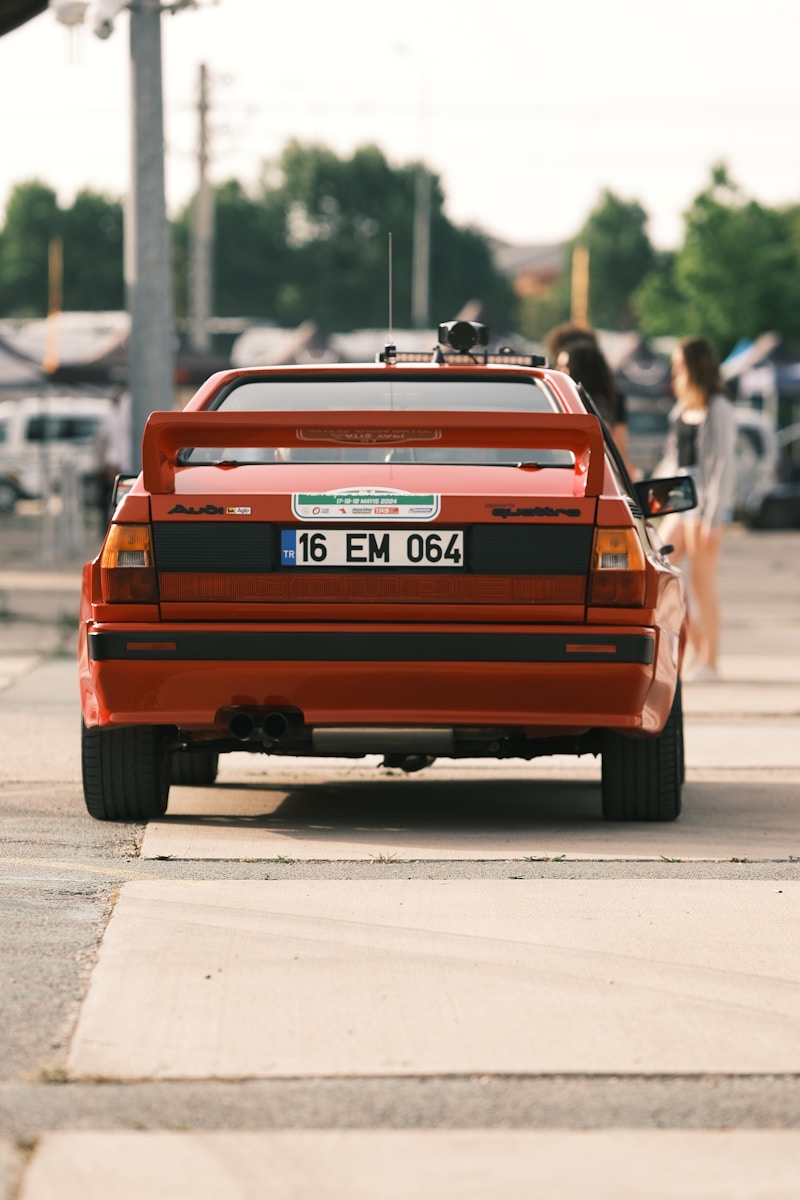Mixing Modern Elements with Classic Styles: A Perfect Fusion for Timeless Design
Introduction
In the realm of design, the fusion of modern elements with classic styles has emerged as a prominent trend. This dynamic combination allows for a unique aesthetic that captures the charm of traditional design while integrating the sleekness of contemporary aesthetics. Whether you're redecorating your home, revamping your wardrobe, or designing a new logo for your business, understanding how to effectively mix these styles can lead to stunning results.
Understanding Classic Styles
Classic styles have stood the test of time, characterized by their elegance, symmetry, and rich historical context. Examples include:
- Victorian
- Art Deco
- Renaissance
- Colonial
Each of these styles carries its unique characteristics. For example, Victorian design often features ornate details, while Art Deco emphasizes geometric shapes and glamorous finishes. These classic elements serve as a foundation for many modern interpretations.
The Rise of Modern Design
Modern design, on the other hand, embodies simplicity, functionality, and minimalism. Influenced by the industrial revolution and the Bauhaus movement, it favors clean lines, neutral colors, and open spaces. As urban living spaces become more compact, the essence of modern design offers practical solutions without compromising on style.
Combining Modern and Classic: Where to Start
To successfully mix modern elements with classic styles, consider the following approaches:
| Approach | Description |
| Color Palette | Choose a neutral color palette that allows classic accents to stand out. |
| Furniture | Incorporate modern furniture with classic lines or vice versa. |
| Art & Decor | Use contemporary artwork to complement traditional interiors. |
| Textiles | Select modern fabrics for classic furniture pieces. |
Interior Design: A Case Study
When it comes to interior design, combining modern and classic styles can create a warm, inviting space that celebrates both aesthetic traditions. For example, imagine a classic Victorian-style living room featuring a traditional fireplace and ornate moldings, paired with a sleek glass coffee table and modern art pieces. This blend creates a striking visual contrast that is both cohesive and intriguing.

Outdoor Spaces
Mixing styles can also extend to outdoor areas. A classic stone patio can be complemented with minimalist furniture, such as metal chairs and a glass table, creating an inviting space that is both timeless and contemporary. The use of string lights and modern sculptures can bridge the gap between these two styles beautifully.
Fashion Fusion: Wearing the Blend
In the world of fashion, mixing modern elements with classic styles has also gained momentum. This can be illustrated by the following examples:
- A tailored blazer paired with casual jeans.
- A classic little black dress combined with trendy accessories.
- Vintage handbags paired with modern outfits for a unique statement.
Such combinations allow individuals to express their style dynamically while still paying homage to classic fashion principles.
Graphic Design: The Artistic Approach
For graphic designers, merging modern typography with classic design elements can yield striking results. For example, a vintage logo might be updated with contemporary fonts and colors, providing a fresh take while maintaining brand identity. Staying consistent with color palettes and ensuring a balance between modern and classic is key to achieving a harmonious design.
Conclusion: Balancing Elements
Mixing modern elements with classic styles invites creativity and diversity into your design endeavors. But it’s essential to strike a balance to avoid an overwhelming look. Here are some final suggestions:
- Choose one bold classic piece and build around it with modern accents.
- Limit your color scheme to keep the aesthetic cohesive.
- Prioritize function — especially in interior design and fashion.
In essence, successfully merging modern and classic styles results in a unique aesthetic that tells a story of timeless beauty and contemporary flair. Whether you are updating your living space, curating your wardrobe, or refining your design portfolio, the harmonious blend of these styles can create an environment that is as welcoming as it is visually stunning. Embrace the challenge and enjoy the creativity that comes from this fusion!
As you move forward in your projects, remember to experiment and adjust based on personal taste, existing elements, and functionality. The key is to create a space or style that resonates with you while making a statement.